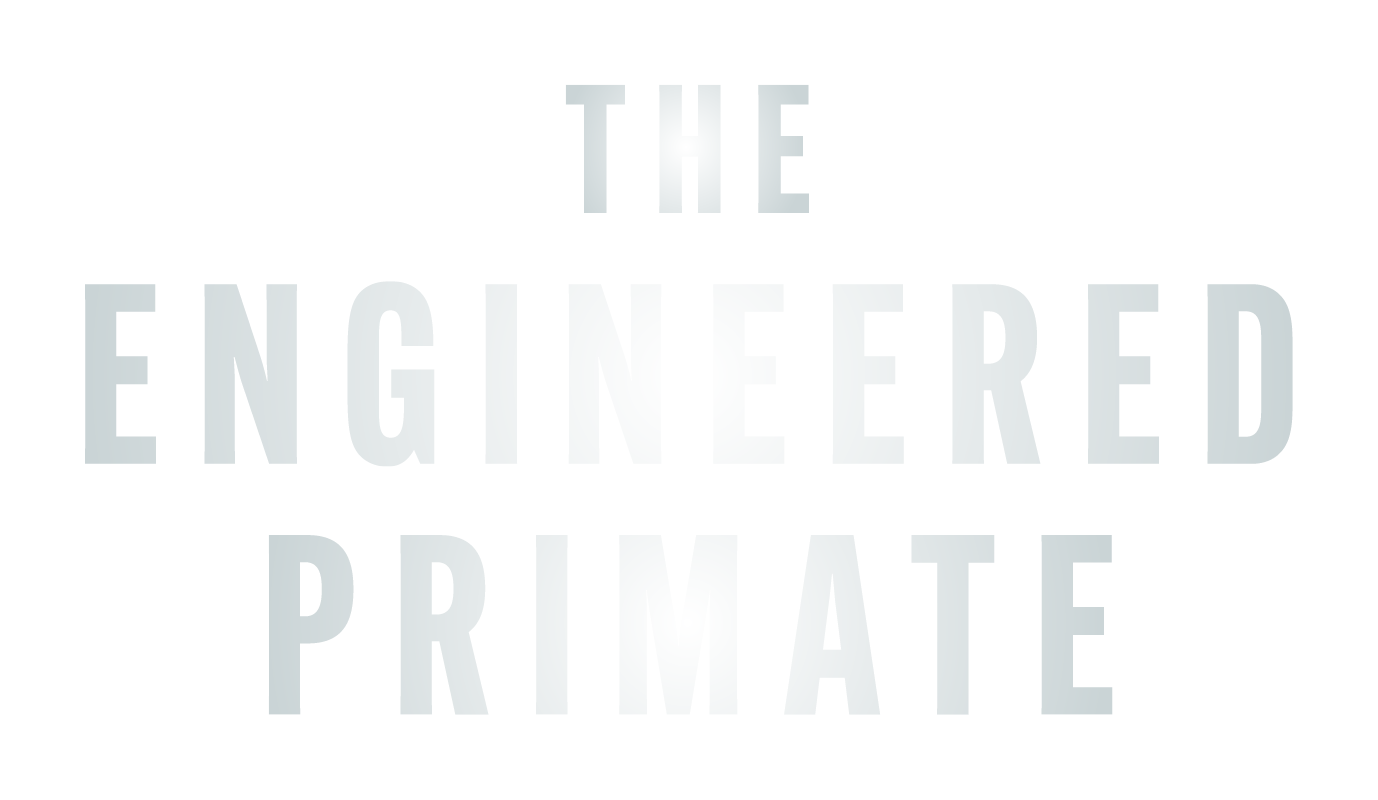Amylase – The Hidden Catalyst of Human Evolution
Darwin, C. (1859). On the Origin of Species. John Murray.
Establishes the principles of natural selection, foundational for understanding evolutionary adaptations like AMY1 amplification.
Alberts, B., Johnson, A., & Lewis, J. et al. (2014). Molecular Biology of the Cell. Garland Science.
Offers foundational knowledge on enzyme function and gene expression, providing context for understanding amylase activity and regulation.
Stephen, A. M. & Cummings, J. H. (1980). “Mechanisms of action of dietary fibre in the human colon.” Nature, 284(5753), 283–284.
Explores how dietary fibre influences colonic fermentation and gut motility, contributing to digestive health.
Maynard Smith, J. & Szathmáry, E. (1995). The Major Transitions in Evolution. Oxford University Press.
Analyses significant evolutionary transitions, providing a framework for understanding complex adaptations, including dietary changes.
Wrangham, R. W. (2009). Catching Fire: How Cooking Made Us Human. Basic Books.
Explores how cooking enhanced starch digestibility and influenced human evolutionary physiology.
Ungar, P. S. (2012). Evolution of the Human Diet: The Known, the Unknown, and the Unknowable. Oxford University Press.
Examines the dietary evolution of early humans, focusing on starch-rich plants.
Perry, G. H., Dominy, N. J., Claw, K. G., et al. (2007). “Diet and the evolution of human amylase gene copy number variation.” Nature Genetics, 39(10), 1256–1260.
Provides genetic evidence for increased AMY1 copy numbers in populations with starch-heavy diets.
Hancock, A. M., Witonsky, D. B., Ehler, E., et al. (2010). “Human adaptations to diet, subsistence, and ecoregion are due to subtle shifts in allele frequency.” Proceedings of the National Academy of Sciences, 107(Suppl. 2), 8924–8930.
Examines genetic adaptations in human populations related to diet and environment, highlighting allele frequency variations associated with dietary shifts, including amylase gene copy number variation.
Aiello, L. C. & Wheeler, P. (1995). “The expensive-tissue hypothesis: The brain and the digestive system in human and primate evolution.” Current Anthropology, 36(2), 199–221.
Proposes a link between metabolic trade-offs, brain growth, and glucose as an essential energy source.
Leonard, W. R. & Robertson, M. L. (1997). “Comparative primate energetics and hominid evolution.” American Journal of Physical Anthropology, 102(2), 265–281.
Quantifies the energy demands of the human brain, emphasising glucose’s role in meeting these demands.
Zohary, D., Hopf, M., & Weiss, E. (2012). Domestication of Plants in the Old World. Oxford University Press.
Links the domestication of starch-rich crops to the rise of agricultural societies.
Mayer, E. A. (2016). The Mind-Gut Connection. Harper Wave.
Highlights the relationship between gut microbiota, fibre, and neurological health, emphasising SCFAs’ role in brain function.
Flint, H. J., Scott, K. P., & Duncan, S. H. et al. (2012). “Microbial degradation of complex carbohydrates in the gut.” Gut Microbes, 3(4), 289–306.
Connects fibre fermentation to gut-brain signalling and energy regulation.
Sterelny, K. (2012). The Evolved Apprentice: How Evolution Made Humans Unique. MIT Press.
Examines how cooperative behaviours in foraging and food preparation amplified the evolutionary importance of starch-rich foods.
Hill, K. & Kaplan, H. (1999). “Life history traits in humans: Implications for human evolution.” Yearbook of Physical Anthropology, 42, 397–430.
Highlights the connection between resource sharing, dietary flexibility, and social development.
Buckley, M. & Steele, T. E. (2018). “The emergence of starch consumption in early human evolution.” Journal of Archaeological Science, 97, 155–163.
Details archaeological evidence of starch residues on tools used by early humans.
Sonnenburg, E. D. & Sonnenburg, J. L. (2014). “Starving our microbial self: The deleterious consequences of a diet deficient in fibre.” Nature Reviews Microbiology, 12(4), 259–269.
Discusses how fibre supports gut microbiota and influences carbohydrate digestion.
